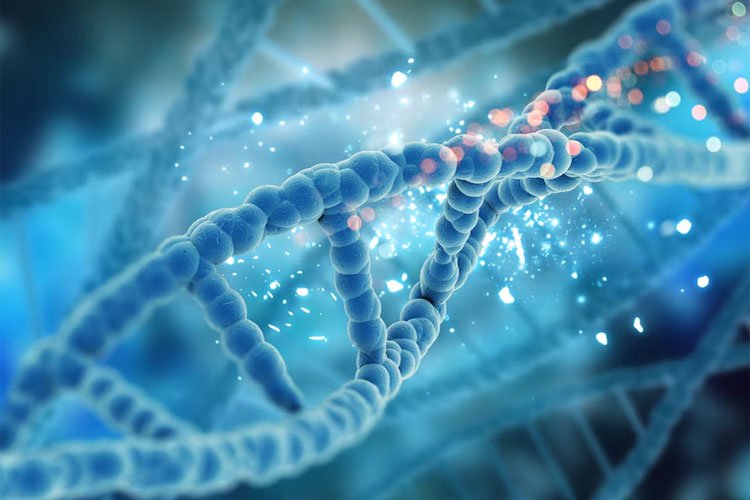- Home
- About Us
- Services
- Surface Display
- Ribosome Display
- mRNA Display Services
- Phage Display
- Yeast Display
- Bacterial Display
- Global Protein Stability
- Custom Phip Service

Syd Biotechnologies offers the construction and screening of custom bacterial display libraries comprising small peptides. These libraries are valuable tools for ligand discovery, studying antibody–antigen binding affinities, and identifying novel molecular targets.
Polypeptides are displayed on the surface of bacterial cells and screened using flow cytometry or standard selection techniques such as biopanning. The libraries are generated using a proprietary method that combines a highly diverse collection of synthetically randomised peptide sequences. The system is specifically optimised to eliminate premature stop codons and aggregation-prone sequences, enhancing library quality and performance.
Similar to phage display, the peptides are expressed on the bacterial surface as fusion proteins anchored to the plasma membrane, with expression controlled through an inducible system.
We also accommodate customer-supplied vectors, provided the customer retains exclusive rights to the construct.
Syd Biotechnologies employs the yeast display system to monitor and guide antibody maturation. Antibodies displayed on the yeast cell surface are exposed to their target antigens under progressively stringent binding conditions. Yeast cells that exhibit high-affinity binding are selectively isolated using Fluorescence-Activated Cell Sorting (FACS). The selected antibodies are then purified using affinity chromatography for further analysis and validation.
Service Highlights:
Copyright@2025 Syd Biotech pty ltd All rights reserved